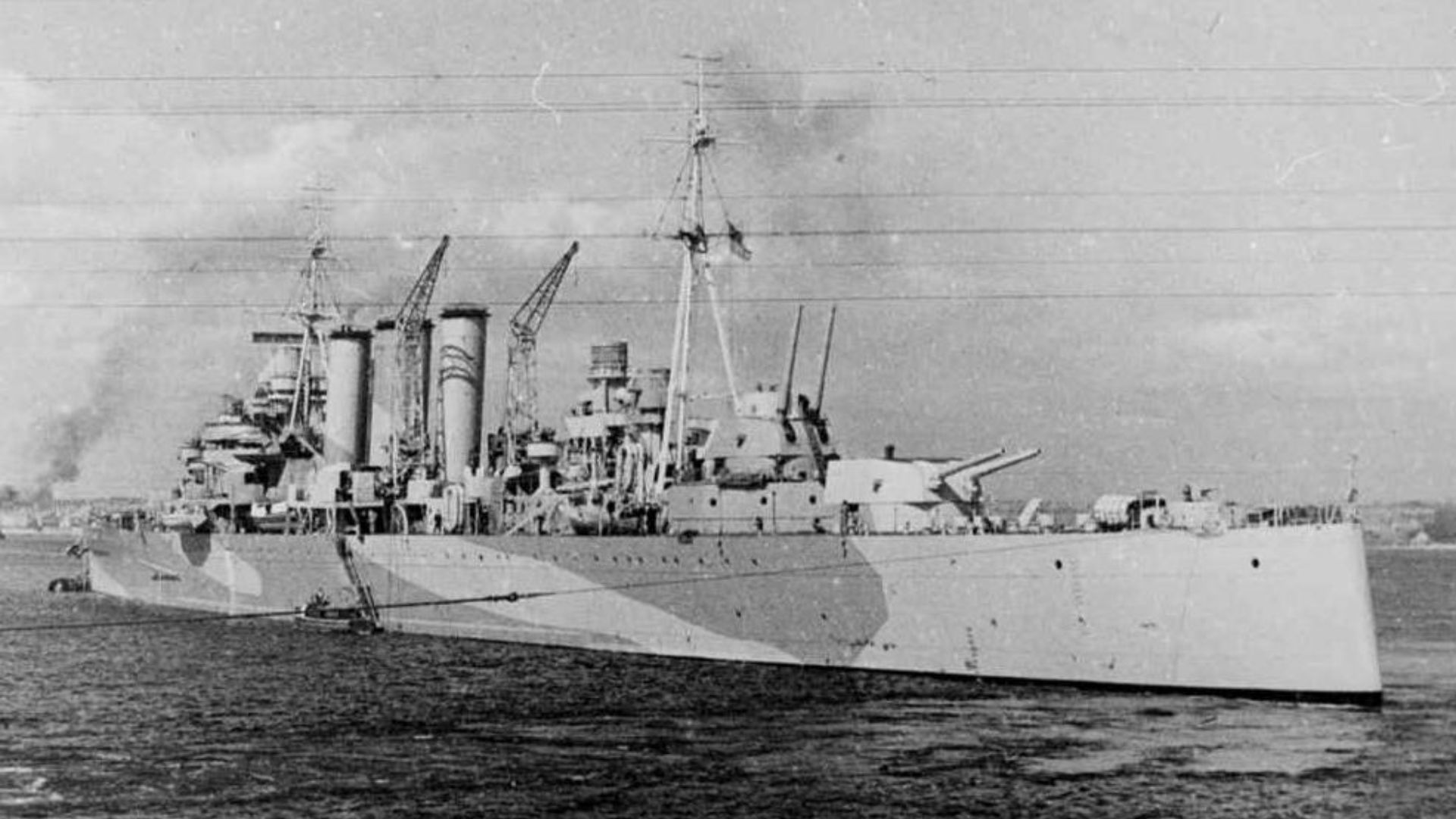
HMS Berwickwas a Royal Navy County-class heavy cruiser in World War II. The vessel belonged to the first subscribed Kent sub-category.
HMS Berwick became China’s recruitment drive for finalization. China stationed the ship with the exception of a temporary role in the Mediterranean Sea in 1936. Installed onboard Devonport shipyard in November 1932, HACS-distance measuring device and Siil-style catapult and two four-barreled anti-aircraft half-inch machine guns in August 1934. The ship was modernized Chatham 15 July - 19 October 1938.
Modernizing the ship’s protection was improved by increasing the engine rooms and munitions stockpiles in armor from 4.5 to 4 inches. The vessel traded on a four-inch single-tube, 4-inch anti-aircraft guns in two-pipe member of four-inch Mk XIX-towers, a four-tube replaced two eight tubes of two nails, and the foremost public fire control was modernized. The ship’s bridge was updated. It was added to the protection bridge per inch.
HMS Berwick joined the service when returning to the North American and West Indian station 8 Cruiser Squadron, where it passed through the Azores, arriving in Bermuda on 18 January 1939. The ship served in September 1939. Pacific convoys protected until it and HMS York was formed by the Department of Force F, whose task was to search for German hijackers in the Caribbean Sea. The vessel was in Portsmouth from 4 November - 4 December 1939.
The ship was stopped by two German merchant ships, Wolfsburg and Uruguay, in March 1940 on the Danish straits.
HMS Berwick took part in the Norwegian events as part of the Home Fleet Vice Admiral John Cunningham to command 1 Cruiser Squadron. The ship was loaded on 7 April. Fourth, fjord men and materials were to be moved to Stavanger and Bergen. After loading viirikkö it sailed to Rosyth to Norway the next day.
Cruisers HMS Berwick and HMS Glasgow were loads imposed for the Forkiin operation of the Royal Marines Colonel RG Sturges 2 Battalion 7 May Greenock. The following day, cruise ships were protected by destroyers HMS Fearless and HMS Fortune and sailed to Iceland. The Department of Reykjavik occupied 10 May with no resistance. Cruise ships returned to the Liverpool shipyard for repair.
The vessel was transferred to the service of returning to the Mediterranean Sea. The ship arrived in Gibraltar and joined Force H on 7 November. Force H included, among other things, the ship participated in the Spartivento battle, protected the Taranto hyökännyttä department, and transported troops to Greece.
HMS Berwick, HMS Formidable, and HMS Norfolk accounted for 24 November Force K and was transferred to Freetown to search for the German heavy cruiser Admiral Scheer. Ultimately, the HMS Berwick never associated compartment but was provided to protect the convoy WS5A. Admiral Scheer attacked the convoy on 25 December northwest of the Azores. Encounter - HMS Berwick was hit and damaged by grenades.
HMS Berwick shipyard returned to England and returned to service in late June 1941, even if the damage was not proven to be serious. Radars were installed in the shipyards 281 and 284, and five tubes of one 20 mm anti-aircraft gun. The ship joined the home fleet, on which it took part in the extermination of Tirpitz in February 1942.
While the vessel was being maintained in 1942, it removed a half-inch ilmatorjuntakonekiväärit and installed radar 273 and six tubes of one 20 mm anti-aircraft gun. Traded on the ship at the end of 1943 seven one two-pipe because pipes 20 mm. At the end of 1944, the ship was, however, only two tubes of one 20 mm anti-aircraft gun in two of the tubes in addition to.
HMS Berwick served in most of the Arctic Ocean at the end of the war, protecting convoys, raiding the Norwegian fjords hiding against the German ships, and the end of the war, protecting aircraft carriers for the carrying out assaults to the coast of Norway from 1944 to 1945.
HMS Berwick was sold on 15 June 1948 for breaking up BISCOlle, and it came to breaking up Hughes Bolkow, Blythiin on 12 July.
